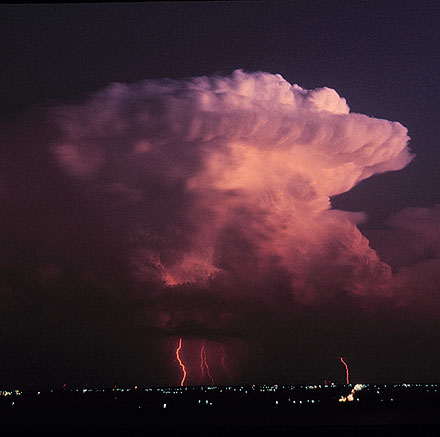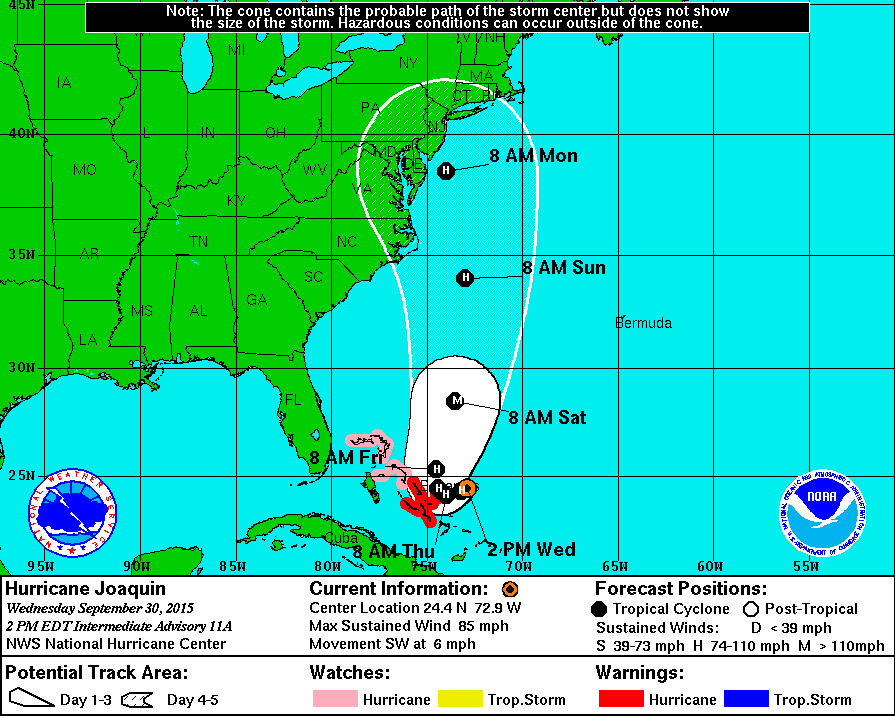Thursday, Jan.14, 2016
The two snows this week pointed out a couple of interesting items: (1) The time and temperature that snow falls is very important and (2) the difference between “snowfall” and “snow accumulation.”
First, according to airport (SDF) data, the two systems had approximately the same liquid water content, so all things being equal we should have had about the same results. But, we certainly didn’t. Sunday’s snow fell during rapidly falling temperatures (from above freezing into the 20’s. The warmer roads, at first, melted the snow. As it got colder, the roads froze into icy sheets with a thin layer of snow on top. Meanwhile, the snow which fell onto the grassy areas didn’t melt (because of no solar radiation at night) and accumulated up to around an inch locally. If that snow had fallen during the day, the result would have been much like what we saw Tuesday.
Tuesday’s snow arrived around daybreak, so it didn’t have the advantage of night to get a jump on accumulations. Plus temperatures were above 32 degrees. That snow continued most of the morning, including a strong snow shower around 11 A.M. That snow shower, if it had occurred around, say, 6 or 7 A.M., would have created a huge mess on the roads. But, it happened during the day and the roads just stayed wet.
Now, the snowfall vs. accumulation. This can be confusing because when we forecast snow, we talk about the expected accumulation – how much will my ruler measure on a flat, NON grassy surface. However, the National Weather Service reports two measurements- snowfall and snow accumulation. As we saw this week, the two are NOT the same.
Sunday morning’s snow (at night) was right in line with expectations – the weather service reported .8″ of snowfall and 1″ on the ground. Accumulations are rounded to the nearest inch, so a measured “on the ground” .5″ to 1.4″ would be reported as 1″, etc.
Tuesday, however, was a much different story. The “official” snow on the ground at 7 A.M. was 1″. Then came the snow. It was daytime and temperatures were above 32. The snow”fall” total reported by the NWS was 1.8″. At 1 P.M. the officially reported accumulation on the ground was listed as 0.
Good illustration of the difference between snowfall and snow accumulation – we started with one inch on the ground, then a snowfall of 1.8″. After it was over, we had less than a half inch of snow on the ground.
NOTE: Situations like this allow almost everybody to proclaim a “correct” forecast. Monday night, the NWS and many others forecast an accumulation of 1″-2″. I wasn’t watching Tuesday evening, but based on past experiences, I’d say that a common comment went something like this…”just like we predicted, we had 1.8″ of snowfall…” They may proclaim to be “correct”, but they were wrong! And they are trying to convince you they were right. So, if you are keeping score – give them two strikes instead of one.
There is a difference between snowfall and snow accumulation. although many times forecasters wish you didn’t know.
NOTE: I don’t know why, but this post today brought to mind an old story circulating about our old “climate specialist” Al Gore. As you probably know, back in 2007 or so, Al famously announced to the world that due to global warming, the Arctic would be ice-free (In summer) and the polar bears would have vanished by 2013 or 2014. Well, here we are in 2016 and the Arctic still has plenty of ice and polar bears.
The comment: When Al Gore was born, Earth had 7000 polar bears. Now there are only 30,000 left.

